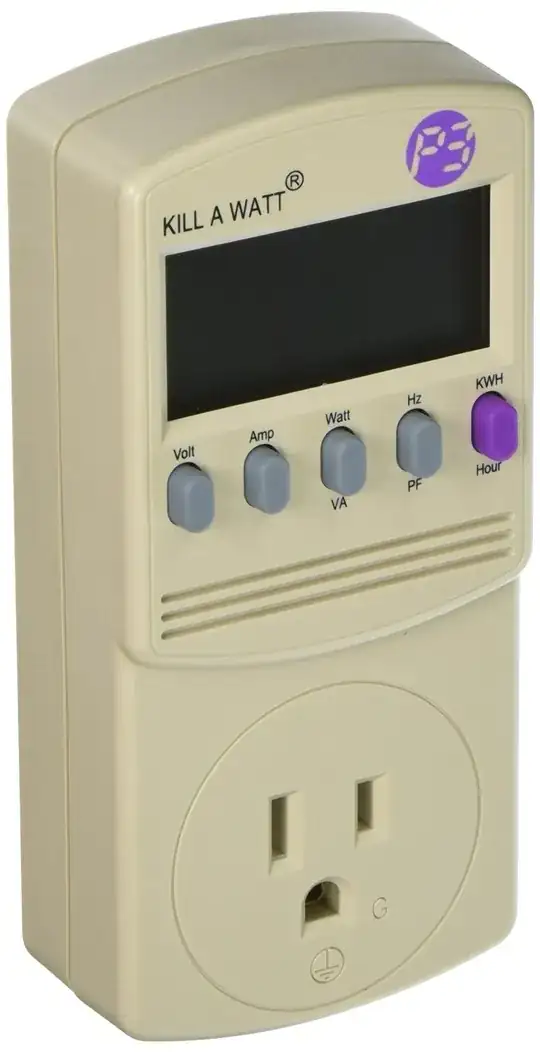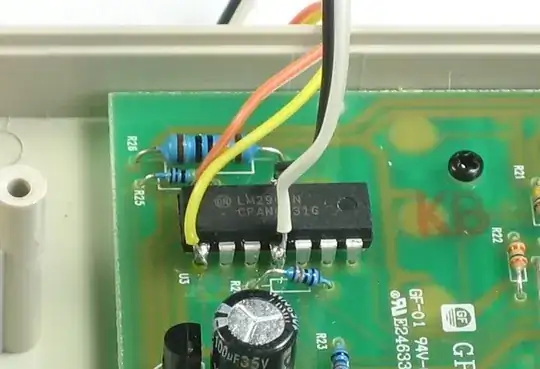 I keep finding tutorials showing to connect some kind of wireless radio to the Kill-a-watt.
I want to find a way to connect the Pi directly to the Kill-a-watt.
Is the Pi's GPIO pins not capable of this?
I keep finding tutorials showing to connect some kind of wireless radio to the Kill-a-watt.
I want to find a way to connect the Pi directly to the Kill-a-watt.
Is the Pi's GPIO pins not capable of this?
4 Answers
The internal design of the Kill-A-Watt does not physically isolate the low voltage circuitry from the mains power. A direct connection from the Kill-A-Watt to the Pi would allow for the possibility of destroying the Pi or a lethal injury if there was a malfunction. No responsible tutorial publisher would want the liability associated with such a design.
- 1,181
- 2
- 10
- 22
Ultimately you can simply solder to the same two connections that Ladyada uses for the wireless version.
As TomG stated, the huge advantage of 'wireless' is it removes any chance of encountering mains power outside of the Kill-A-Watt enclosure. The worst you could do is let all the smoke out of your transmitter. (or burn your building down)
PS, the math is in a python script, but it'd be easy to redo in your language of choice.
- 1,394
- 1
- 11
- 17
If the device does not offer any wireless connection and one does not intend to open it for understandable reasons, there is also the long and narrow path (on stony ground) to read the Kill-a-Watt's display using a camera and OCR.
See also:
- RPi OCR or how to read a number from the camera
- this awesome tutorial using OpenCV to capture the image of an electricity meter and processing it on a Pi
Certain Kill-a-watt devices have a wireless interface. Perhaps it is this which makes it so ideal for connecting the device to the RPi?
The Raspberry Pi's pins are perfectly capable of this. It is the kill-a-watt which is not readily capable of a direct connection.
You haven't really said what equipment you have or what you want to do with it.
- 718
- 1
- 9
- 24
